Gardening is often touted as a peaceful pastime, but to be honest, some plants have hidden demands that can turn a calm afternoon into a stressful project. Sure, they’re lovely to look at in the end, but they can certainly lead you down an endless path of watering, pruning, and pest control. Therefore, if you’re looking to keep your garden as simple and low-maintenance as possible, you should definitely avoid growing these plants, which will likely cause you to do more work than you would otherwise expect.
English Ivy
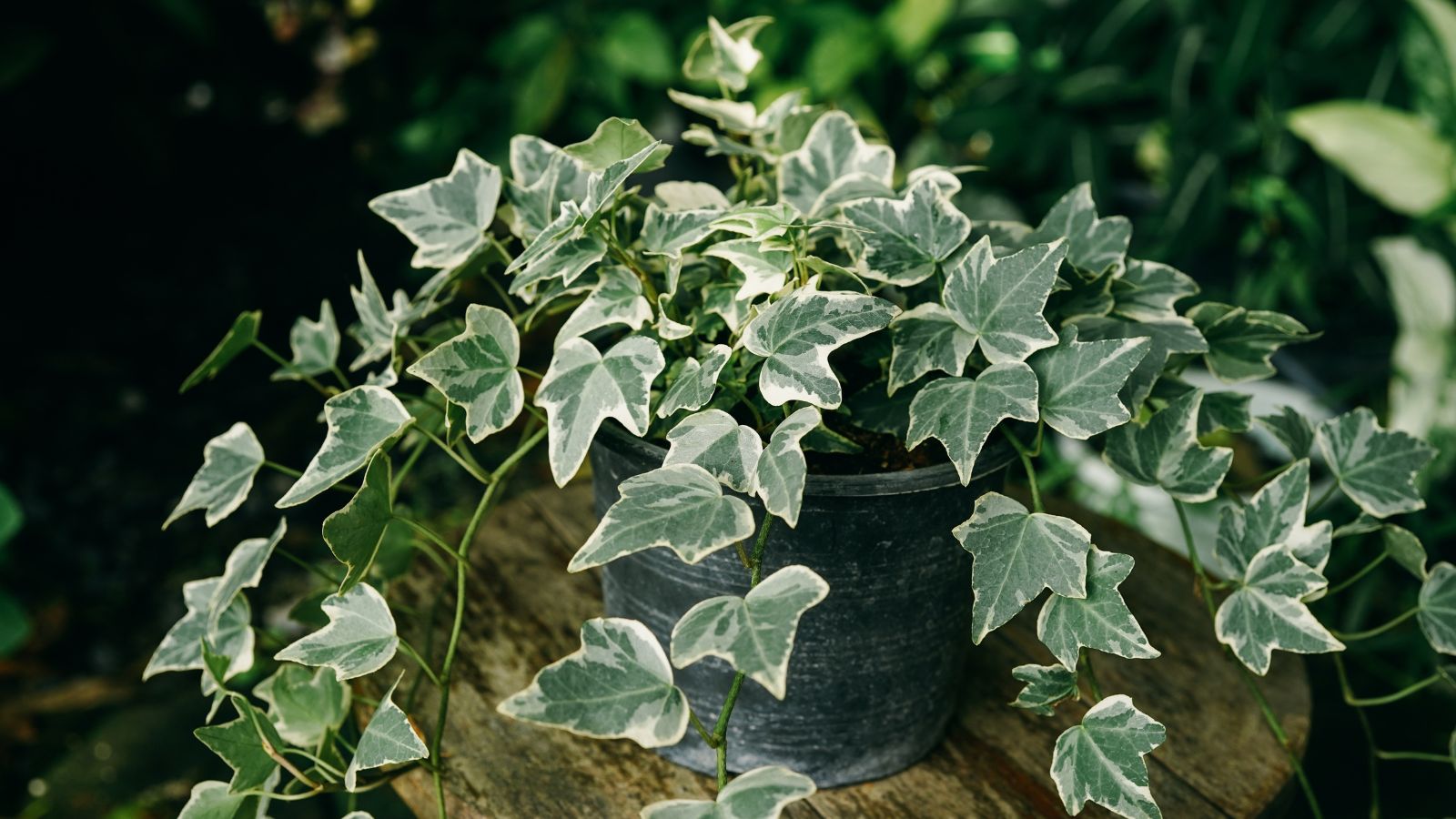
On the surface, this leafy climber looks really quite charming as it winds around fences or walls, but it’s a plant that loves to spread, often taking over more than you’d like. Once English ivy establishes its grip, it’s not easy to stop, and pulling it out usually leaves behind stubborn roots. Ultimately, it demands constant trimming and vigilance to avoid a backyard takeover, which can be really quite time-consuming.
Wisteria
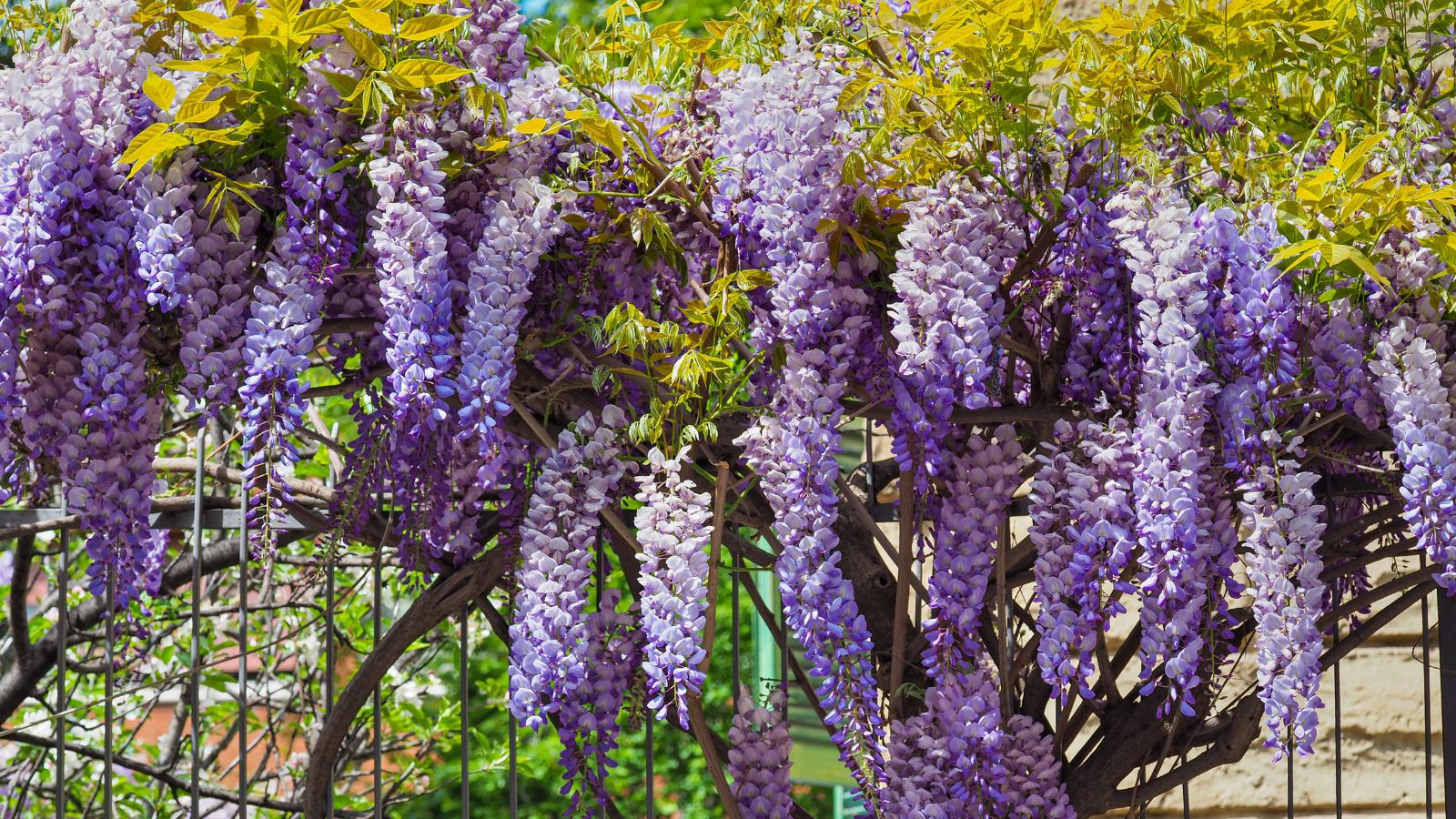
We’re not going to deny that Wisteria offers beautiful, cascading blooms, but its growth is a force to reckon with. Seriously–this fast-growing vine has an intense need for pruning, with tendrils wrapping around anything in its path. Left unchecked, it will smother nearby plants, fences, and even buildings, so if you don’t have time to keep up with the pruning, you’re going to have a problem on your hands.
Bamboo
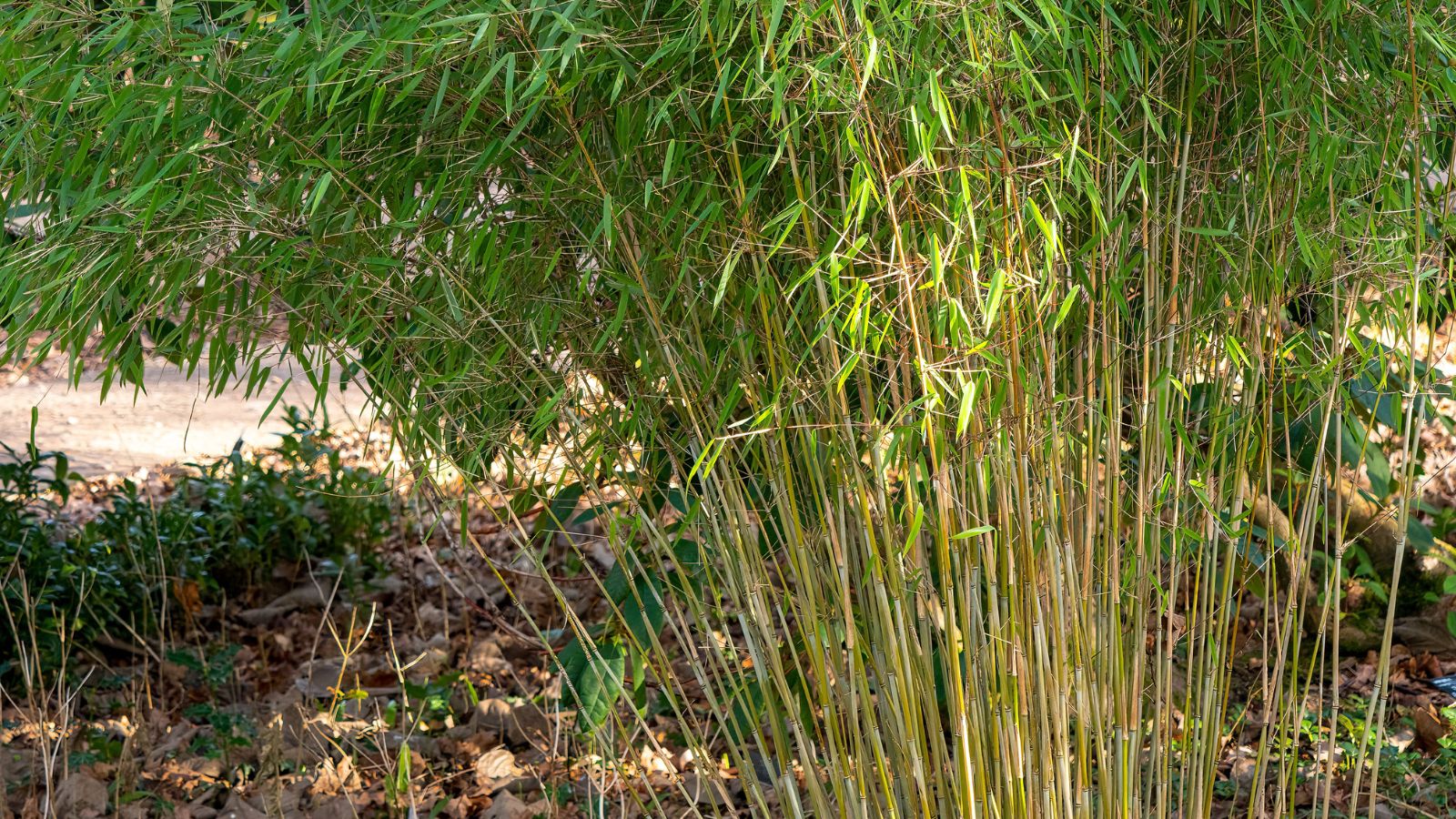
The sheer speed that bamboo grows is really quite mesmerizing…that is until you realize it’s popping up in places you never wanted it. This plant is almost impossible to contain once it’s established, with rhizomes that spread underground at an alarming rate. In order to control bamboo, you’re going to need to participate in some serious intervention, often involving root barriers or even digging it out completely.
Mint
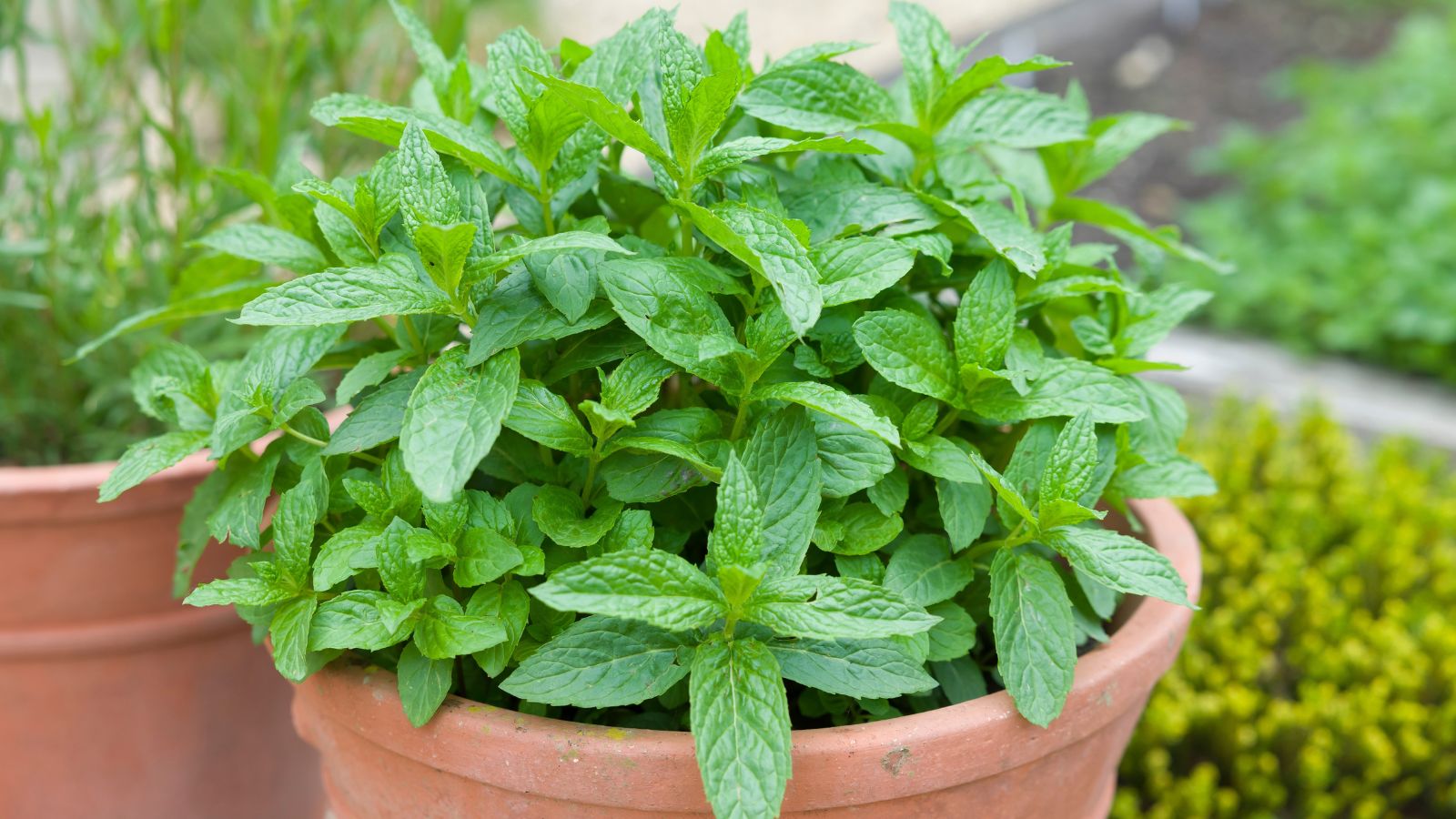
Mint’s innocent appearance belies its wild nature as it spreads aggressively through your garden. Yes, it’s a delight in recipes, but this herb will take over every inch of soil if given the chance. Therefore, you’re going to need to plant it in containers if you want to avoid the constant chore of weeding it out of unwanted areas, which, thankfully, is a simple solution.
Rose Bushes
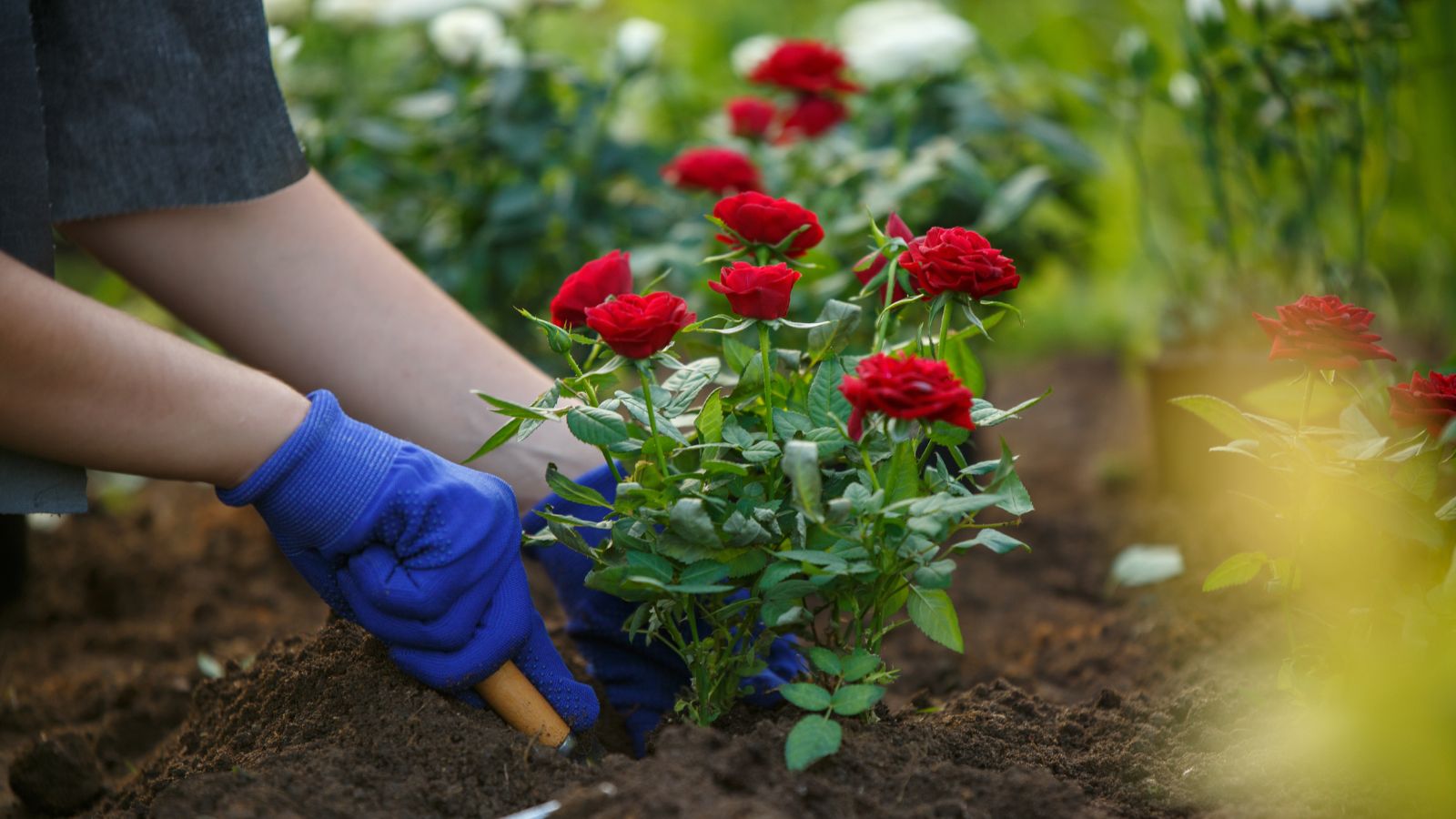
Every gardener loves roses, but they are as demanding as they are beautiful. Careful pruning, regular feeding, and vigilant pest control are all on the maintenance list, and to make matters more difficult, they’re susceptible to diseases like black spot and powdery mildew. You’ll need to keep a close eye on them and possibly invest in sprays, so be prepared for a heavy workload.
Fiddle Leaf Fig
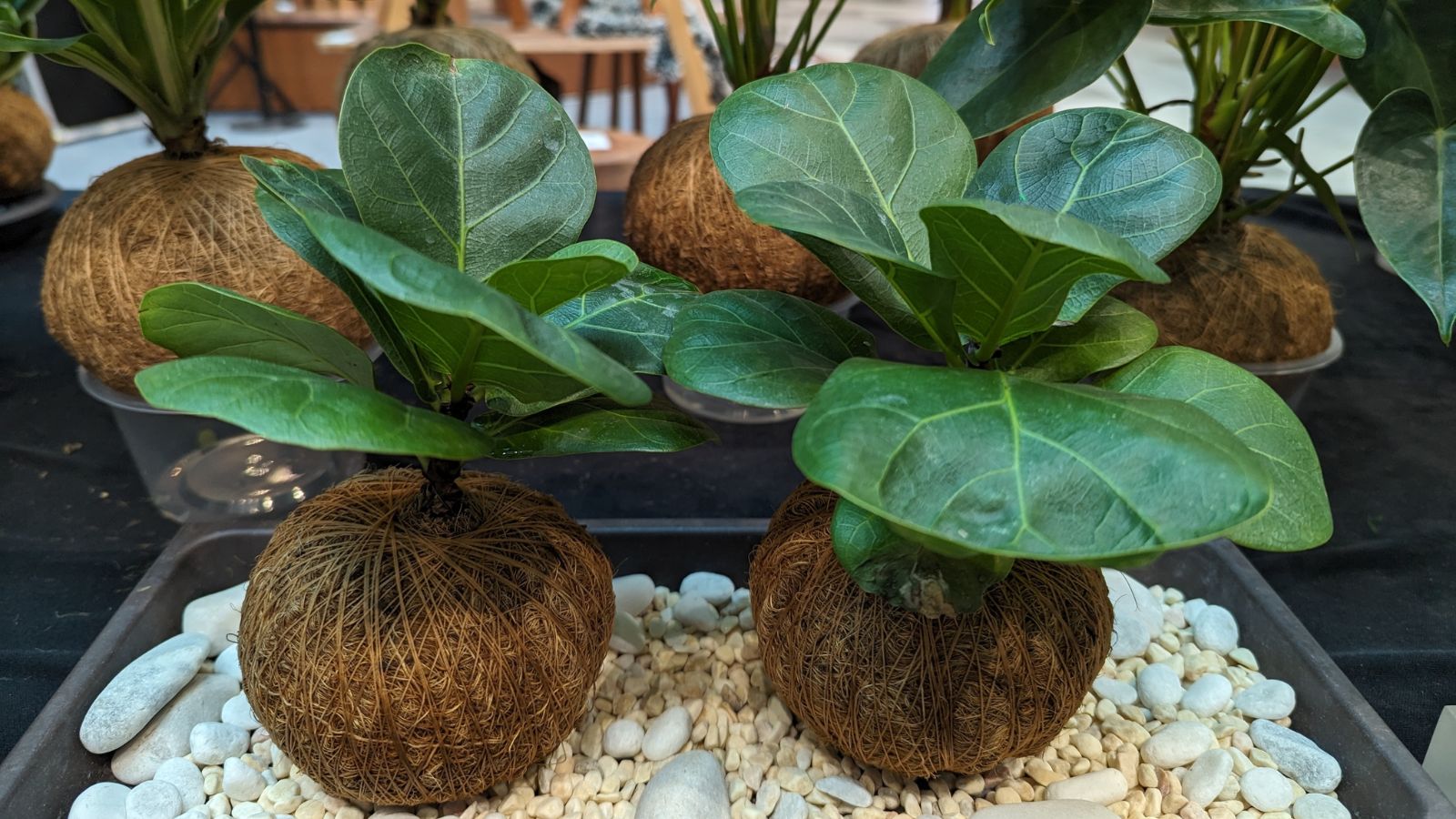
This trendy indoor plant isn’t as easygoing as its popularity suggests, as fiddle leaf figs are picky about lighting, humidity, and even the position of their leaves. Move them once, and they might drop a leaf or two in protest. Ultimately, without perfect conditions, they can turn into a sad-looking collection of bare stems.
Japanese Maple
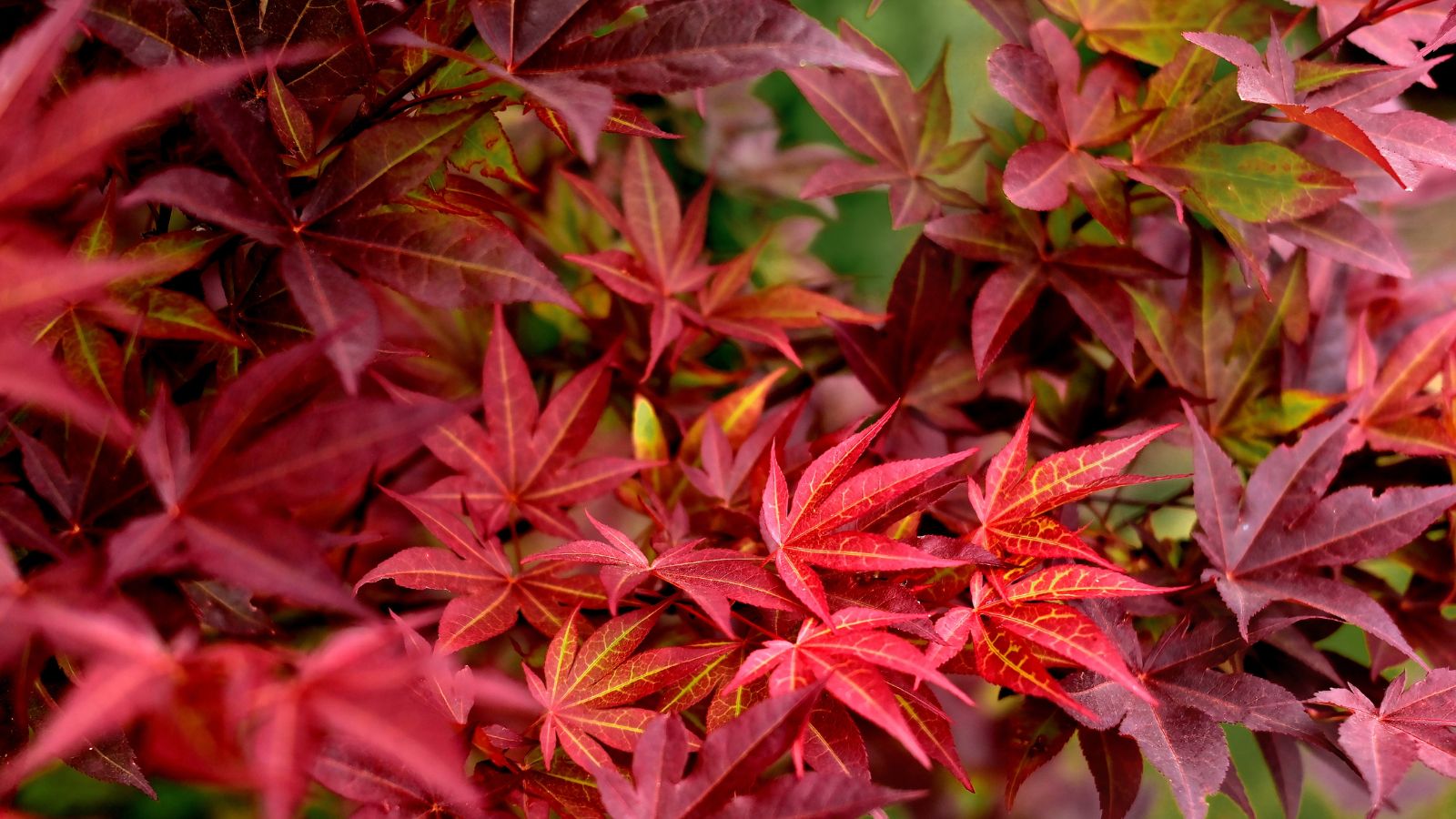
Japanese maples bring a delicate beauty to any garden, but they require just the right balance of shade and sunlight. They’re prone to leaf scorch in direct sun, demanding regular watering and protection, but they still need plenty of indirect sunlight. Not all varieties require intense care, so there are easier options out there, but in general, they generally need consistent attention to thrive without leaf damage.
Boston Fern
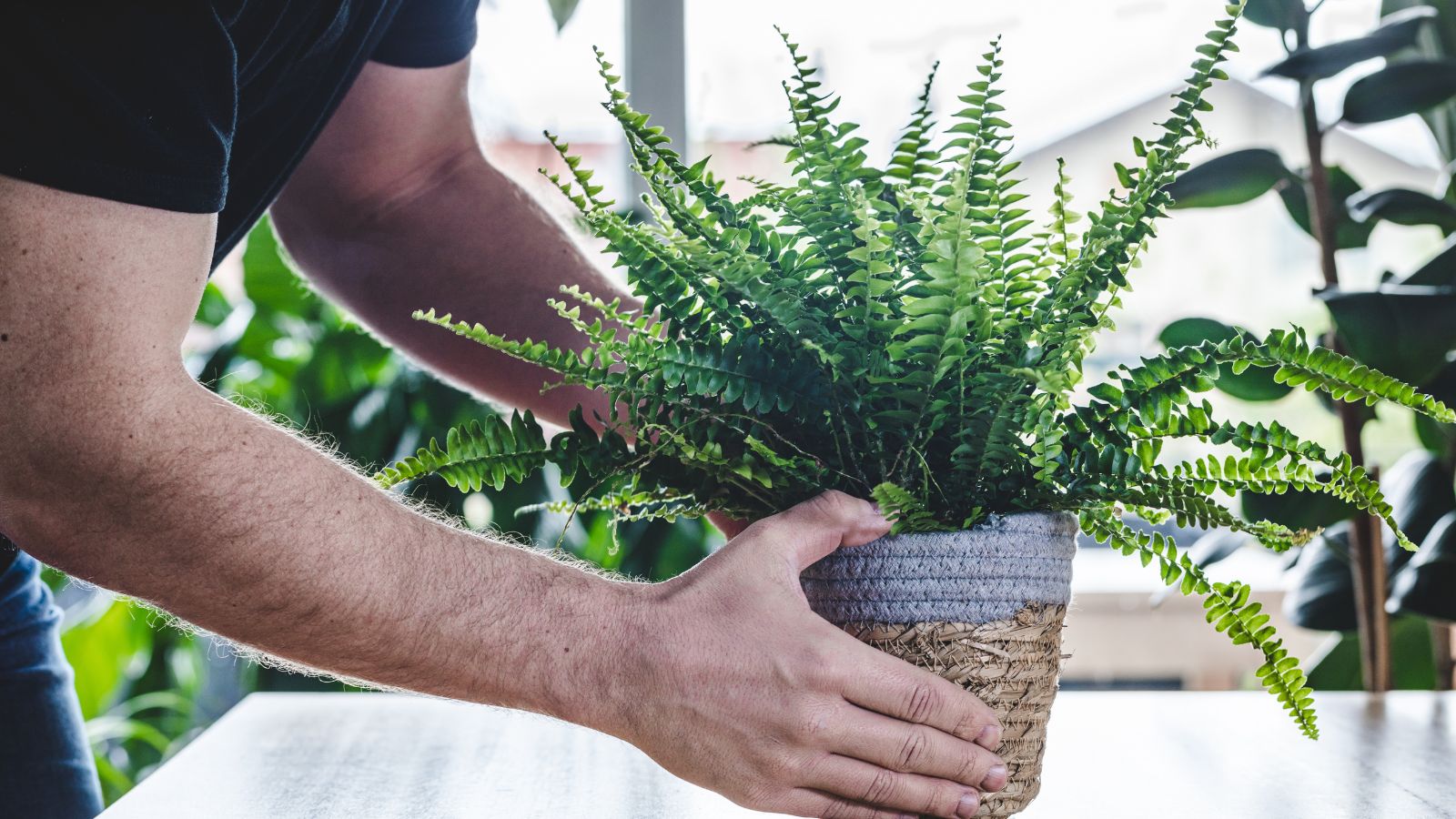
Boston ferns add a lush, tropical vibe to your space, but have a never-ending thirst for water and humidity. These ferns need constant misting, especially in dry climates, and will quickly wither if left unattended. At the end of the day, keeping them looking fresh involves a daily routine of watering and misting; it’s unavoidable, so it can quickly become more of a chore than you’d like.
Bougainvillea
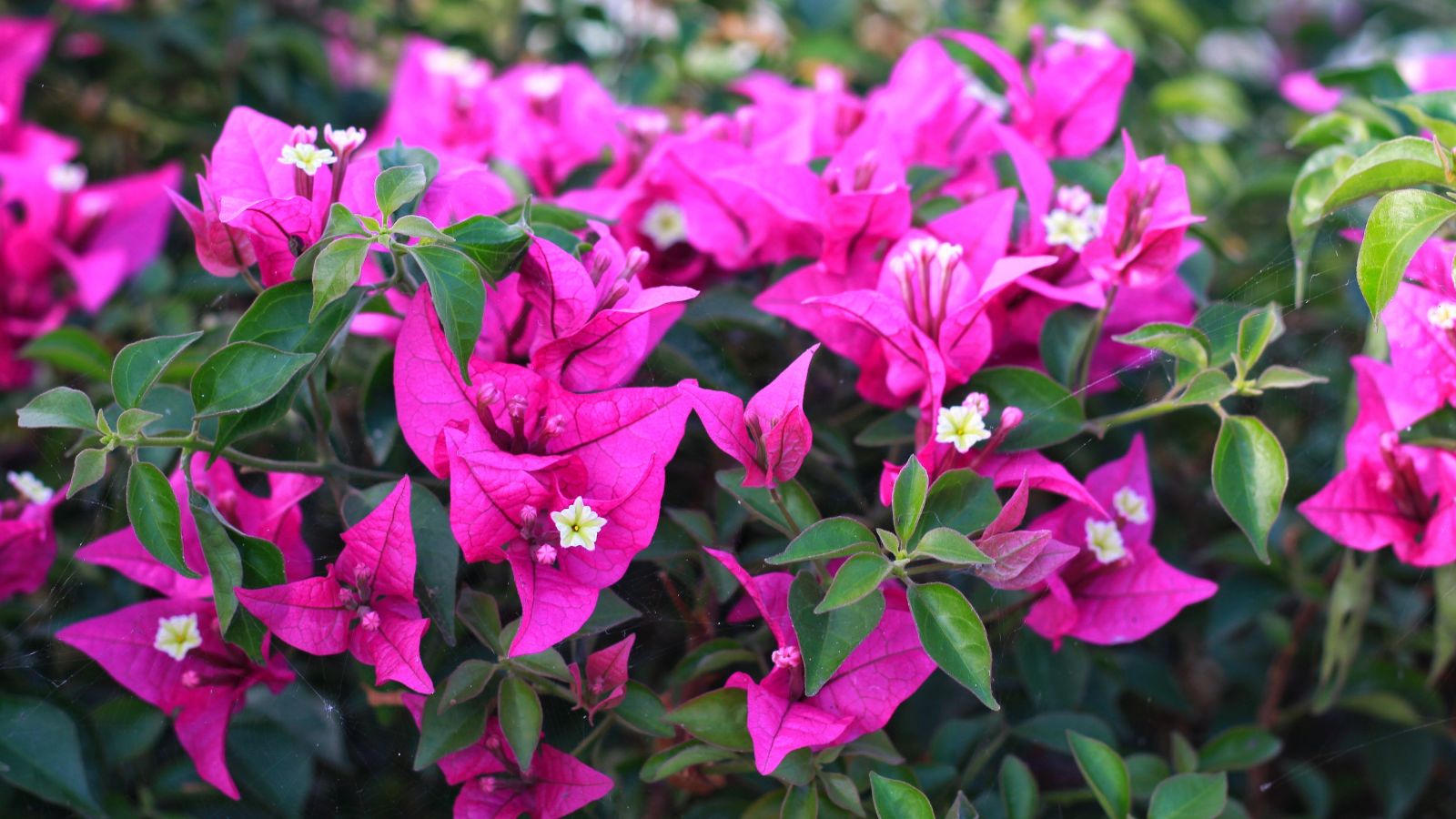
Another plant that will cause you more work than you expect is bougainvillea. Sure, this delightful plant brings a unique splash of color, but it’s not going to be easier. To illustrate, its thorny vines can quickly grow out of control, it thrives on sunlight, and it can handle dry conditions, yet it needs pruning to prevent a tangled mess. Sometimes, it feels like bougainvillea has a mind of its own and isn’t afraid to take over a garden (and your gardening schedule) if left unchecked.
Azalea

Any gardener can agree that azaleas produce stunning spring blooms, but many find that their high-maintenance nature just isn’t worthwhile. You’ll need to carefully consider soil management, regularly feed them, keep their soil acid, and even protect them from pests. That’s not all–pruning after flowering will also be a part of its care routine, so ask yourself–can you really handle all of that?
Lavender
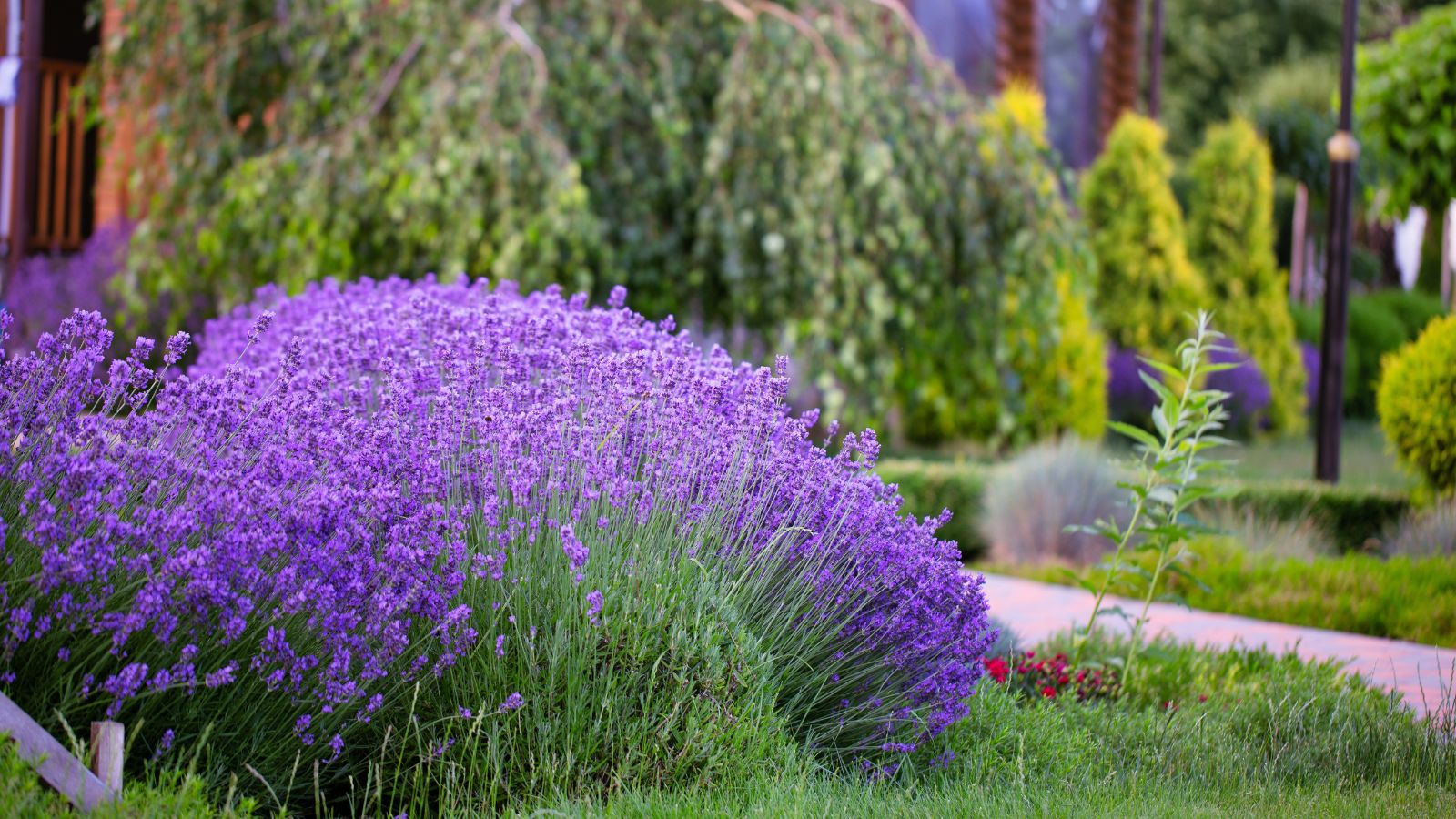
While lavender may evoke thoughts of serene fields, the reality of growing it is anything but relaxing. It’s going to require the perfect balance of drainage and sunlight to thrive, and without careful soil preparation, lavender will quickly rot or become leggy. To be fair, in dry climates, it’s relatively low maintenance, but the same can’t be said for wetter regions.
Rhododendron
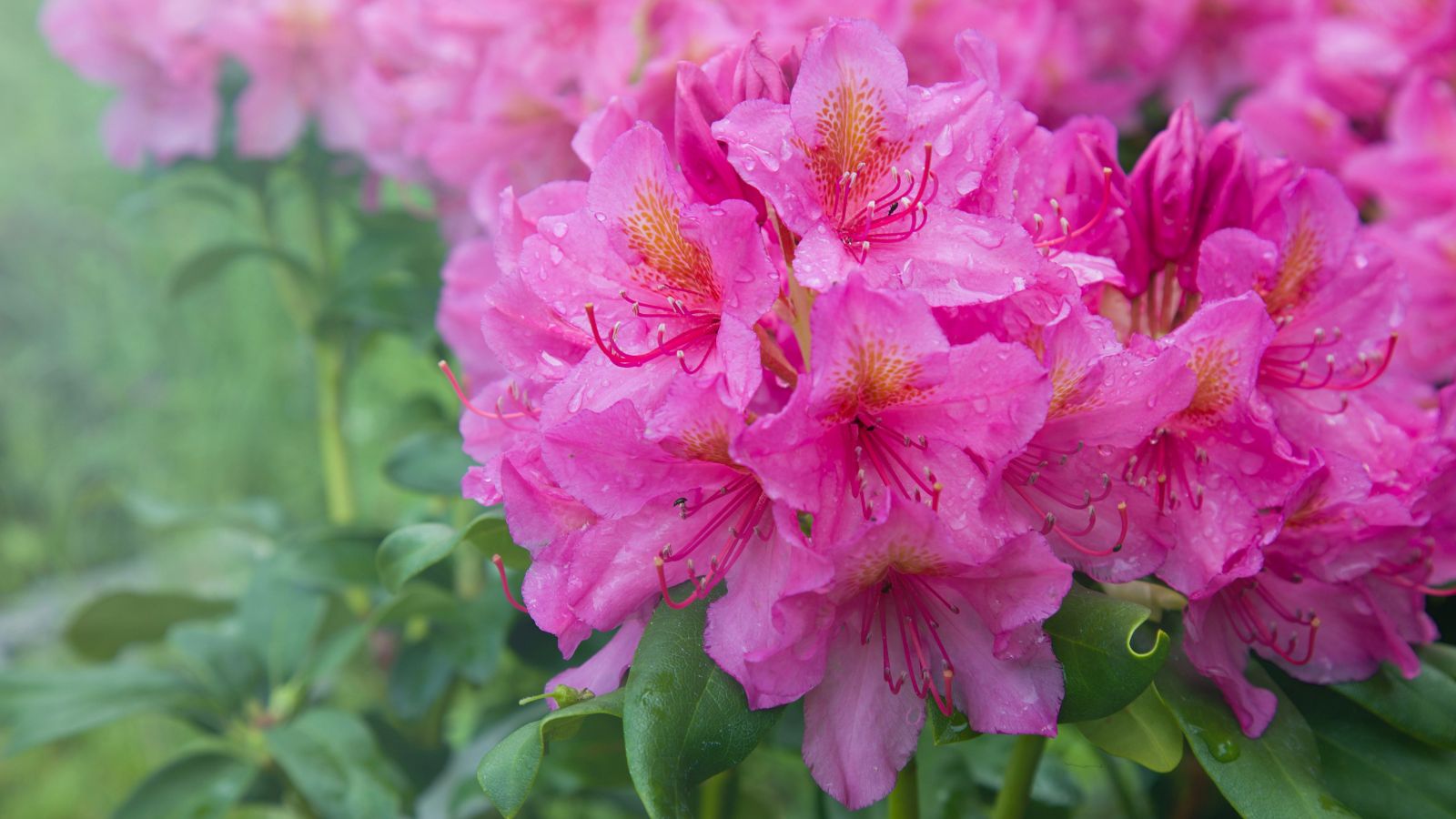
Rhododendrons are beautiful flowers, albeit high-maintenance ones. For example, they’re prone to root rot and fungal diseases and need acidic soil, consistent moisture, and protection from intense sunlight. As with many plants on this list, regular pruning will be needed, too, making them an all-around difficult flower to keep on top of.
Orchids
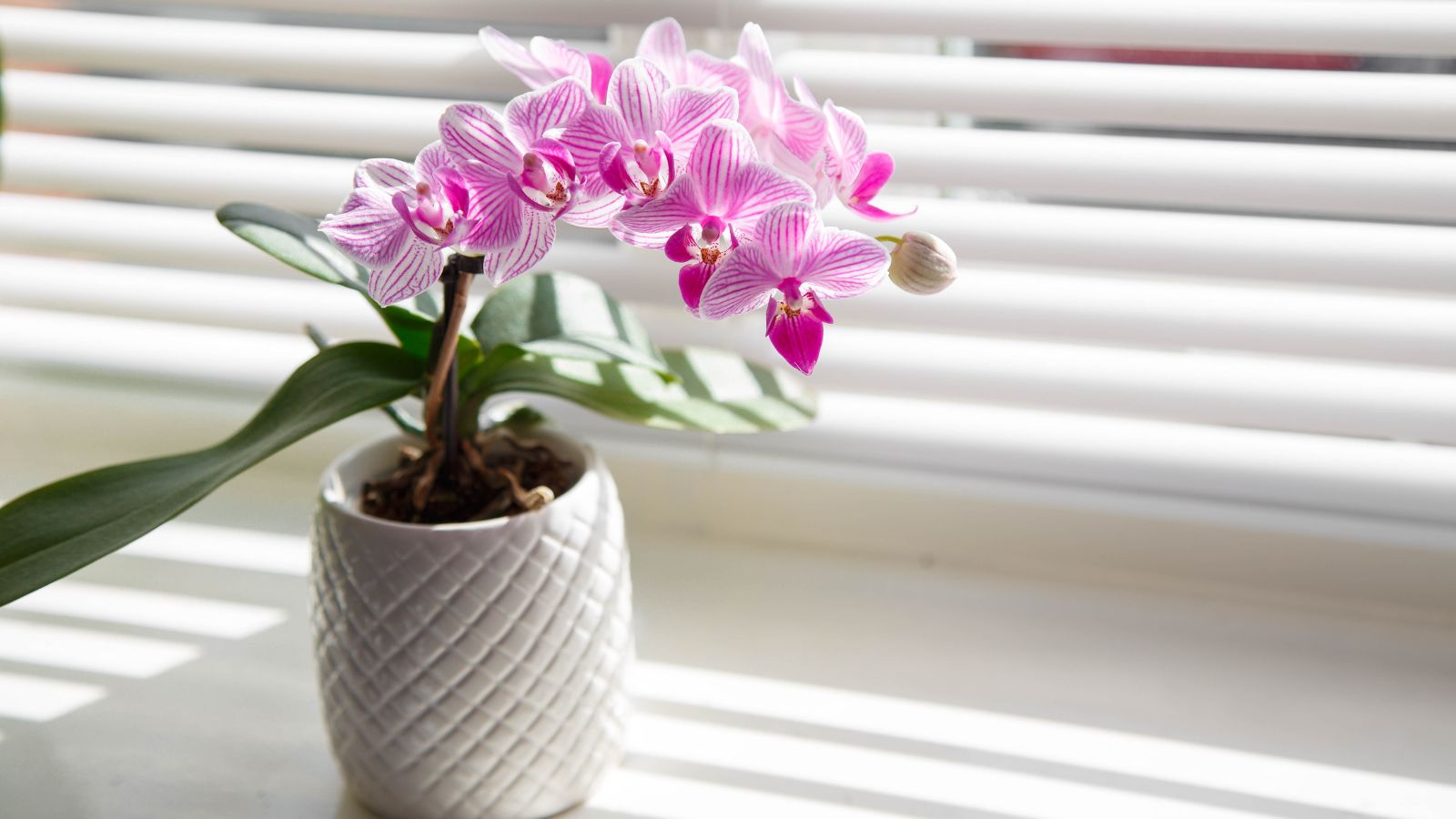
Yes, orchids are great features for any garden, but they are notoriously picky. Specific conditions will be necessary, such as bright, indirect light, high humidity, and a strict watering schedule, and repotting is often a delicate affair, as they hate having their roots disturbed. Don’t let us put you off–orchids can be rewarding, but they’re definitely not for the casual plant owner.
Boxwood
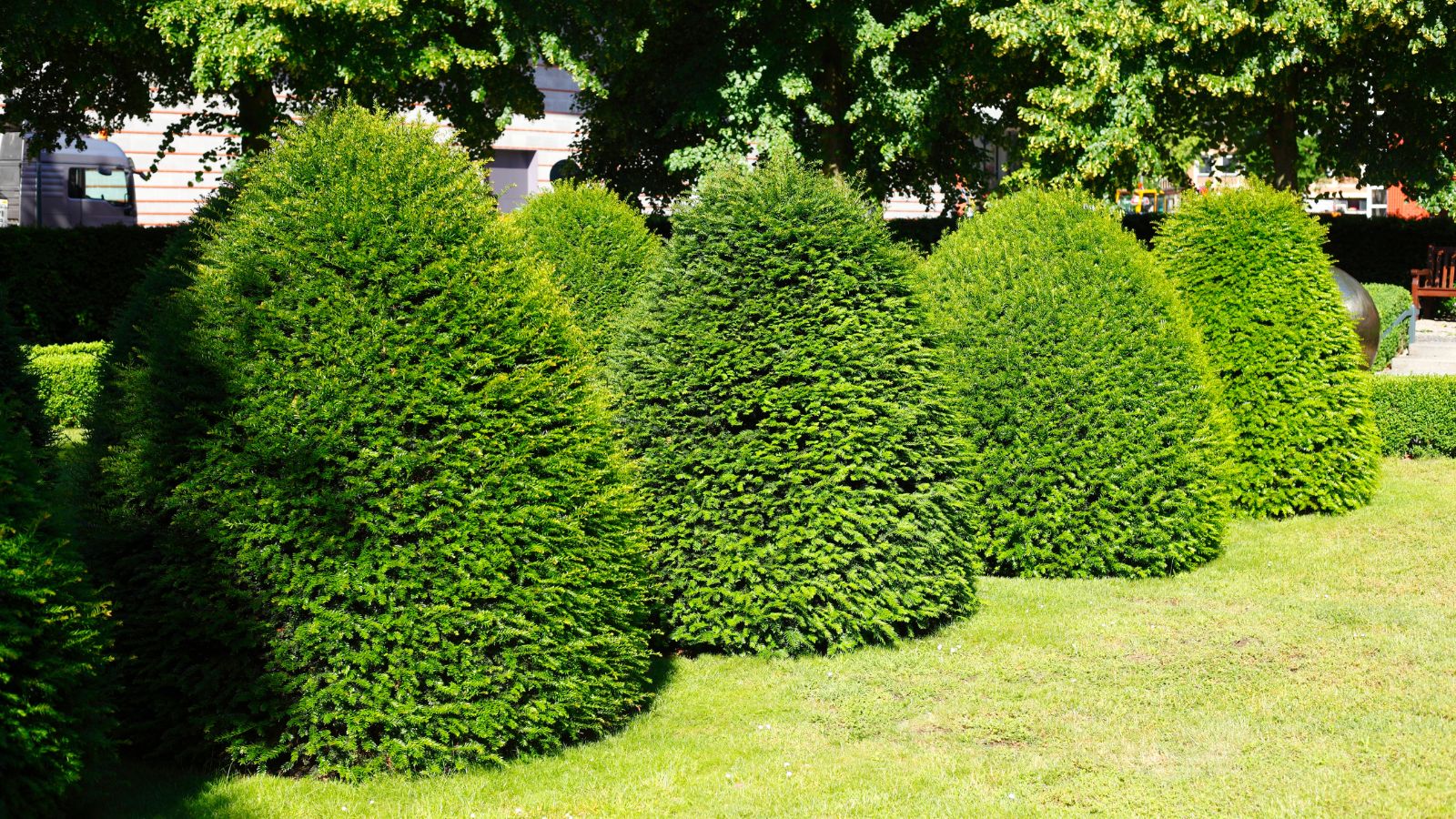
Next on our list are boxwoods–classic shrubs for landscaping. However, they come with high maintenance requirements: they need regular pruning to keep their shape and are highly susceptible to pests like boxwood blight. As a result, keeping them healthy means staying vigilant and addressing any signs of disease quickly, making boxwoods more demanding than they seem.
Clematis
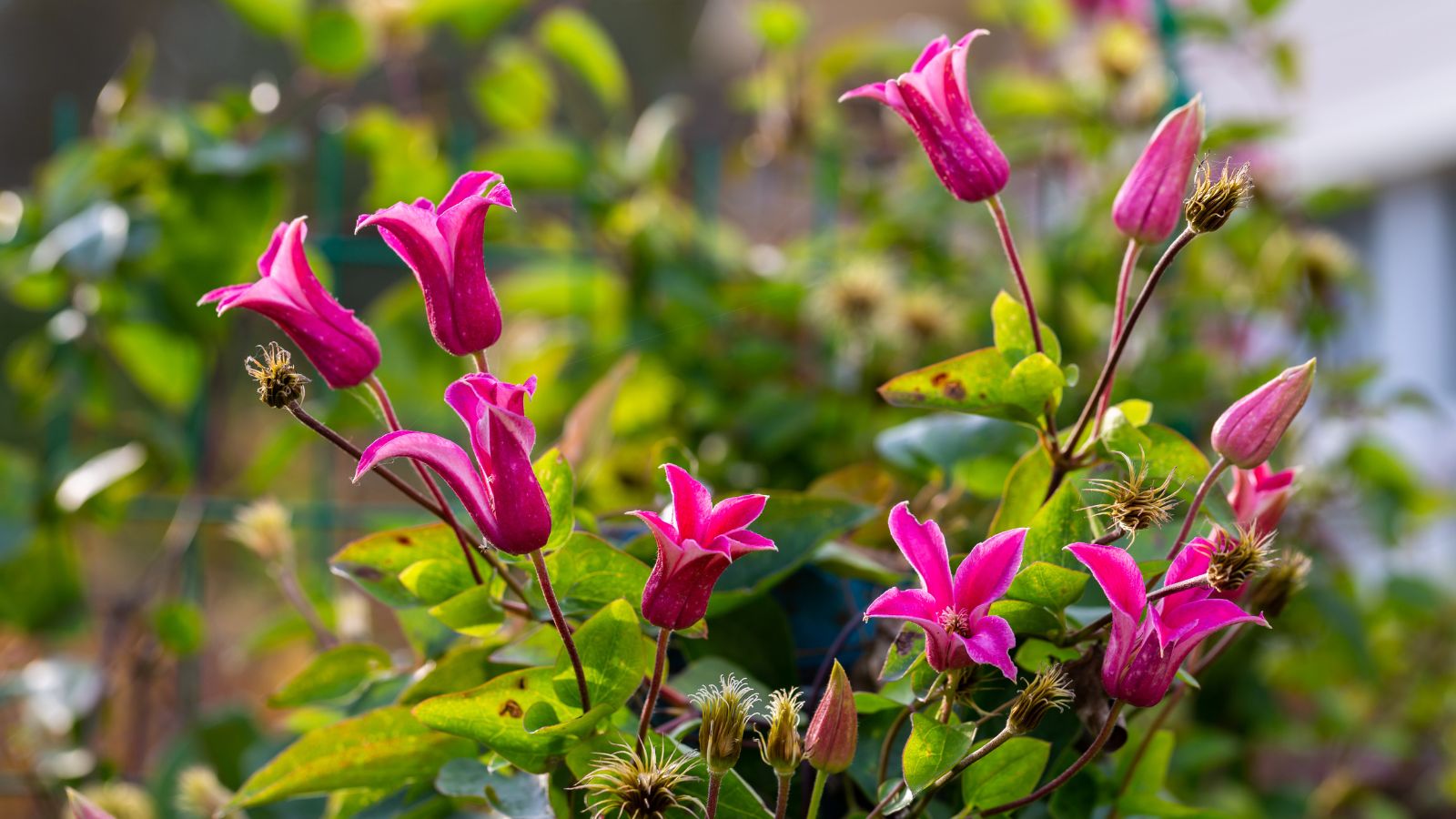
This flowering vine has blooms that are really very attractive, but they’re not exactly low-maintenance. You’ll need to prepare well-drained soil, regularly feed it, and prune it to a specific routine that depends on the variety. Miss a step, and clematis will throw a tantrum by becoming leggy or blooming poorly, leaving you to figure out how the heck to revive it.
Pothos
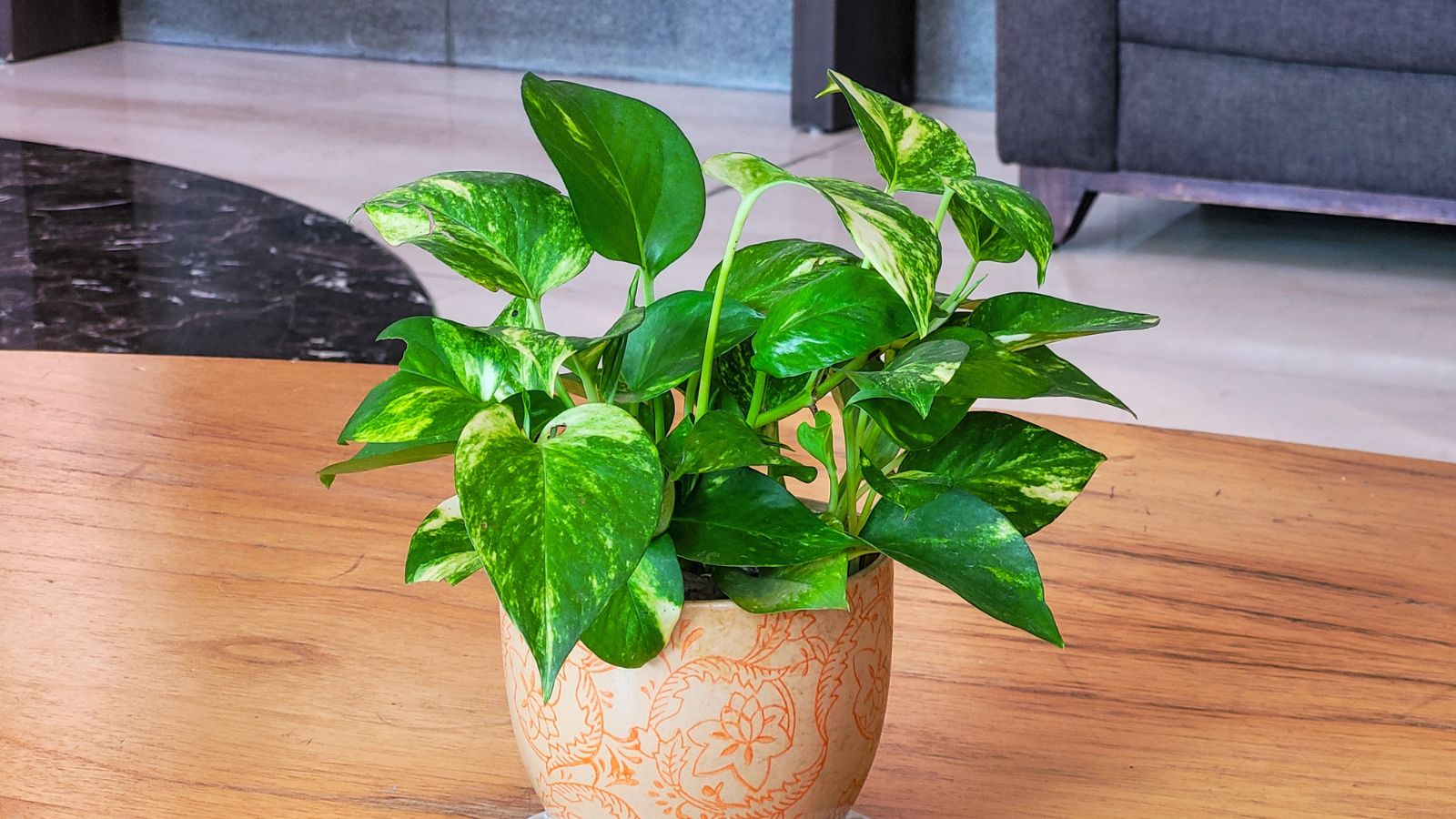
It’s a common misconception that pothos is low-maintenance because, in reality, its trailing vines need occasional trimming, or they quickly take over. If not pruned, it can look straggly and unruly, requiring regular attention to maintain a neat appearance. We can certainly agree that pothos may start easily, but come back and tell us about it a few weeks later.
Weeping Fig

This finicky plant has a reputation for shedding leaves at the slightest environmental change, testing even the most seasoned gardener. Whether it’s a shift in light, temperature, or even a draft, a weeping fig will drop its leaves without hesitation. Ultimately, keeping it happy involves finding the perfect spot and sticking to a consistent care routine, which is no small task.
Alocasia
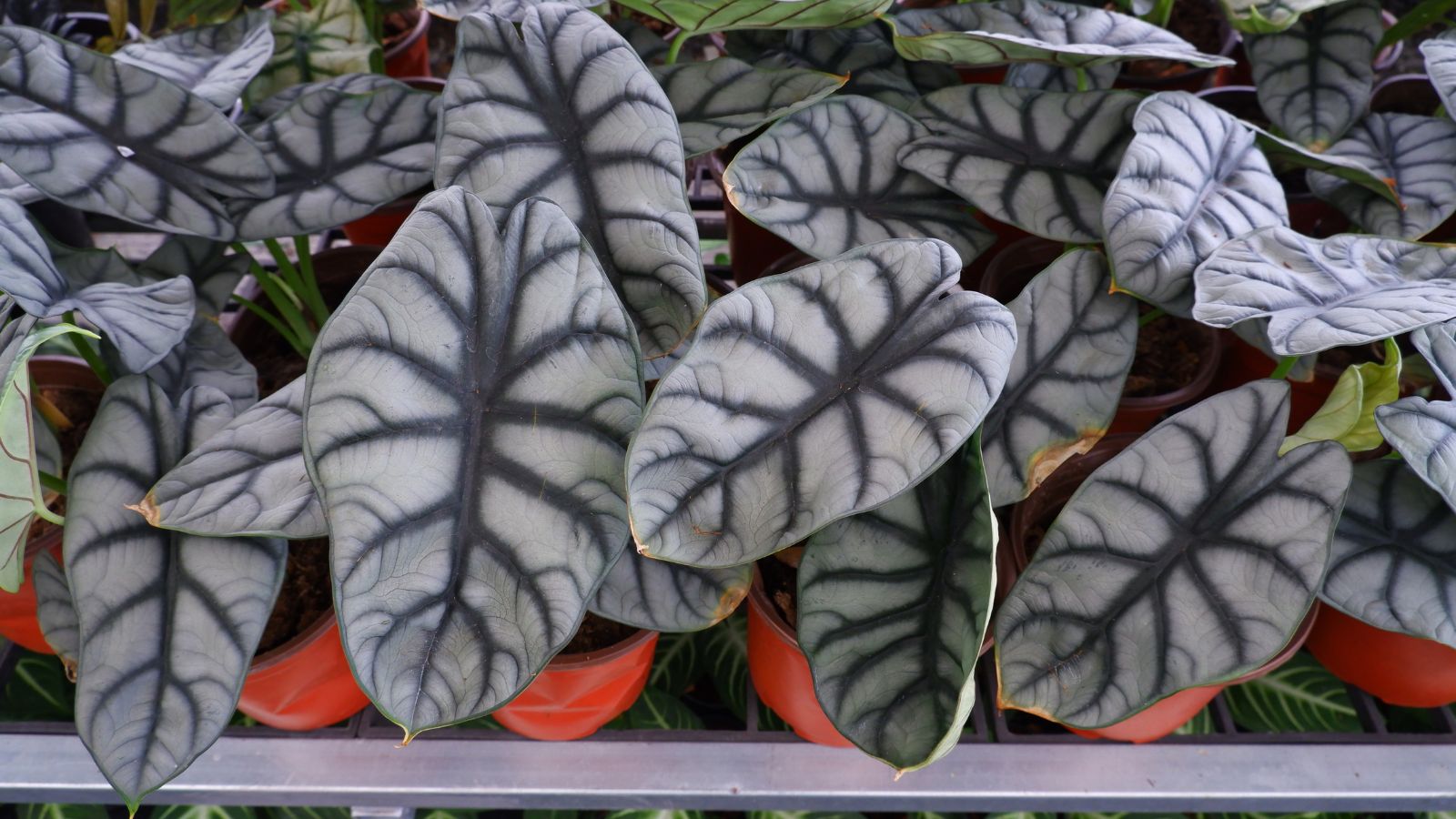
Last on our list of plants that are higher maintenance than you might think is alocasia, with its large, striking leaves. It certainly brings a delightfully tropical vibe, but it will demand warmth, humidity, and regular watering. More still, its leaves are prone to yellowing if anything’s slightly off, whether it’s the water quality, lighting, or temperature. Overall, if you can handle it, more power to you! The reality is, though, many can’t.
